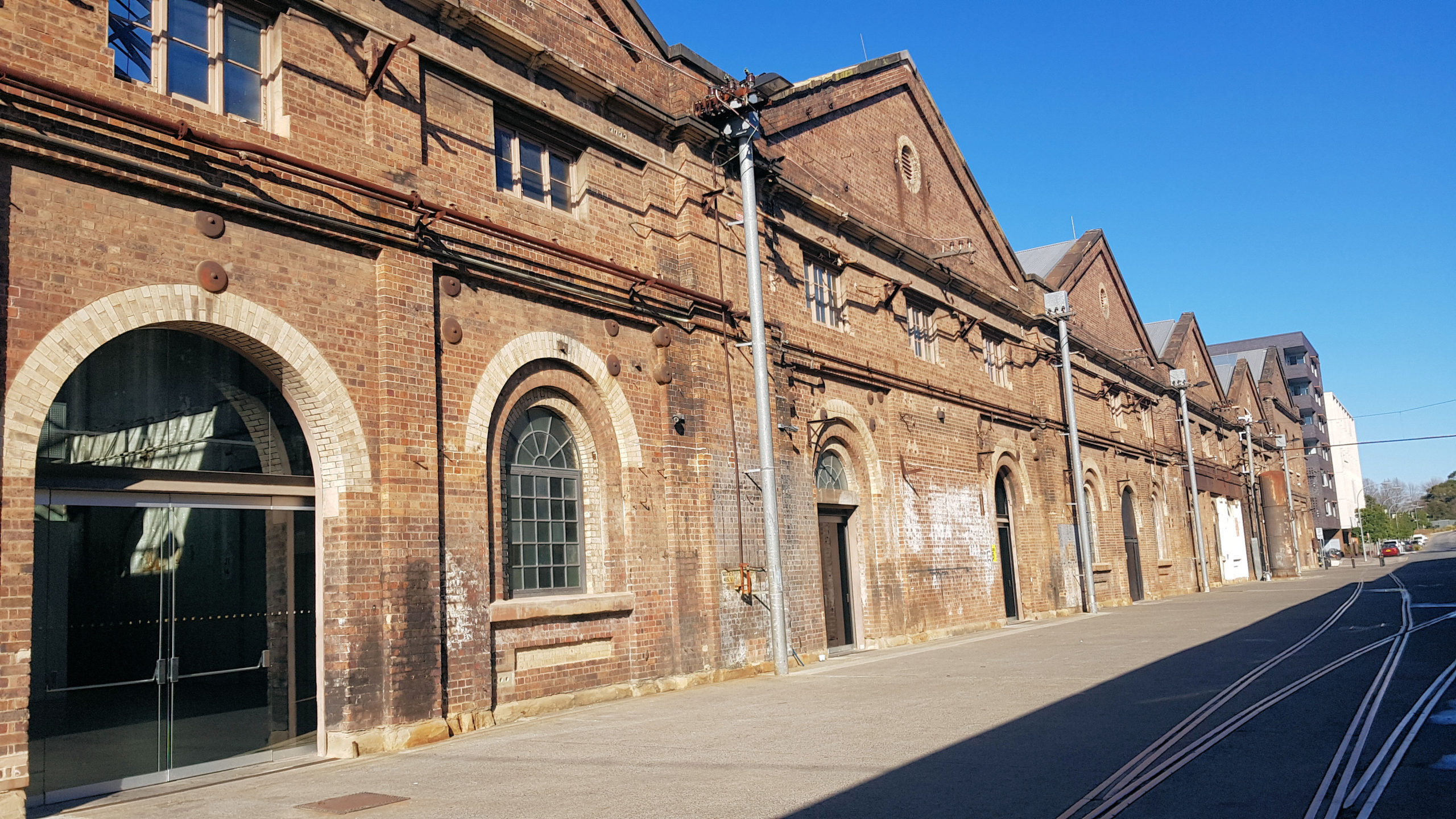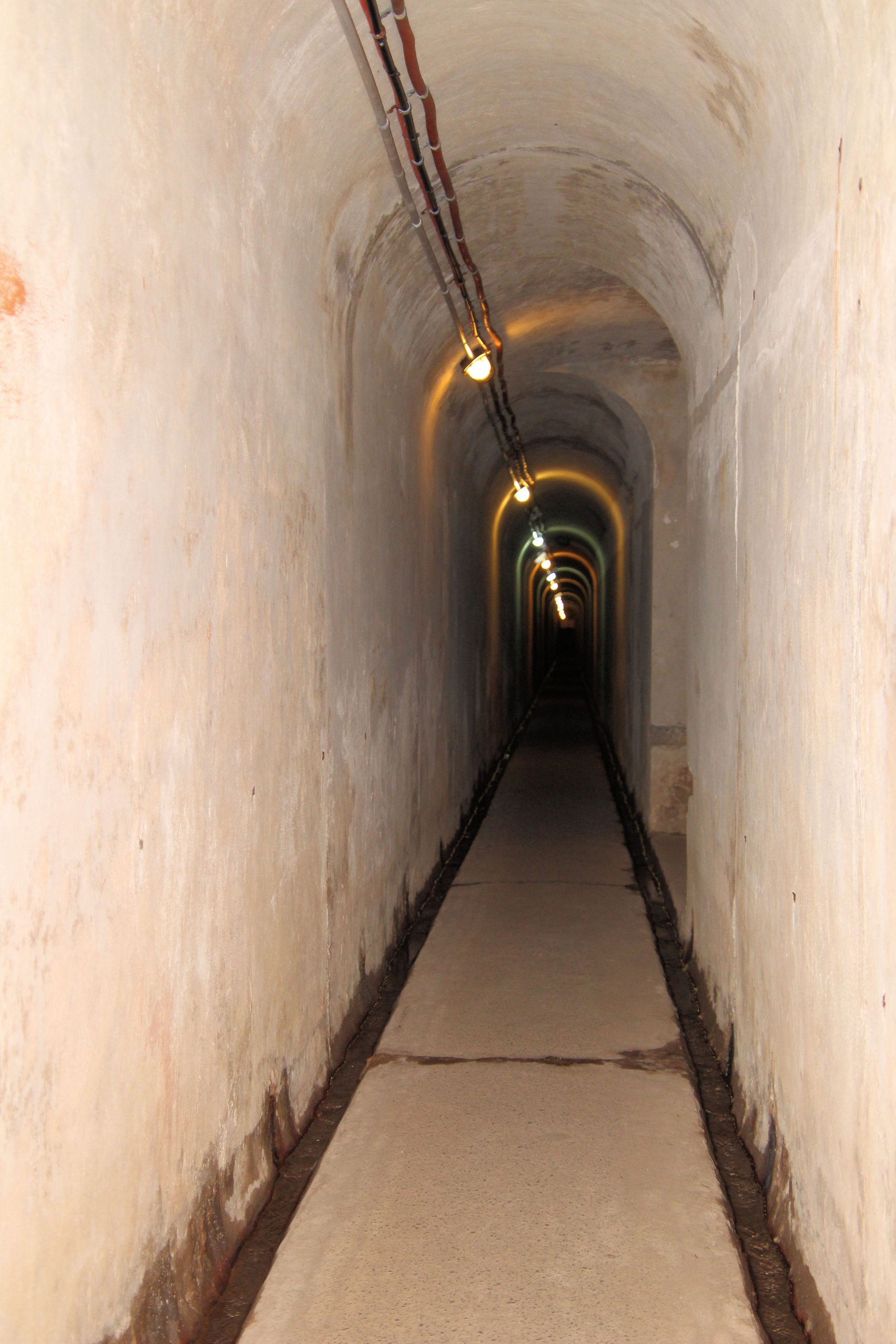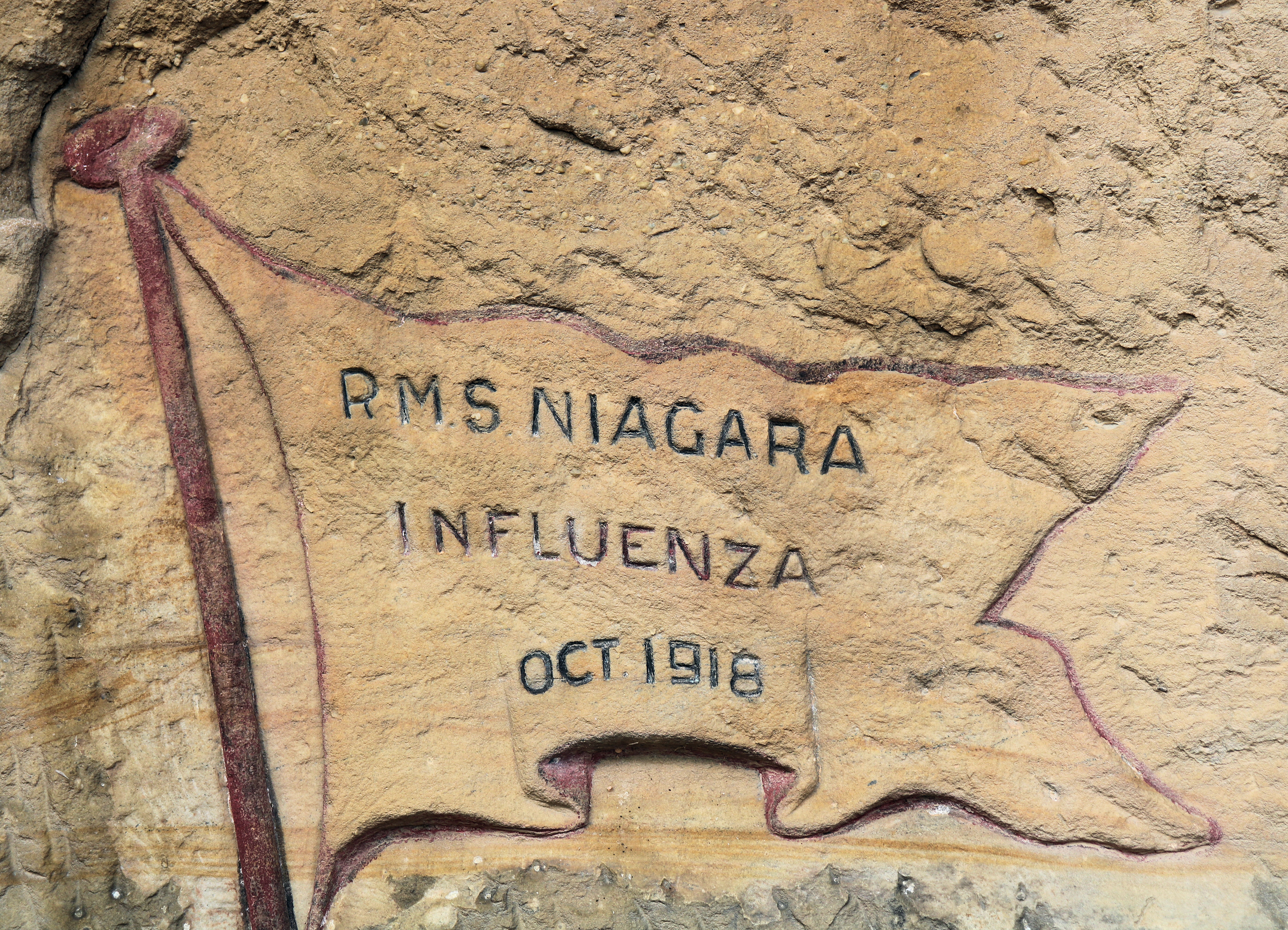Category: Sydney
-
Carriageworks Eveleigh Sydney

We have spent a lot of time on the trains into Sydney and always gone past this area, without thinking too much about what it had to offer. Converted from old railway workshops, Carriageworks, located at Eveleigh, is now a huge display centre for artists and engages artistic and audiences with contemporary ideas and issues.… Read more
-
North Head Sanctuary and Tunnels

North Head Operated by Sydney Harbour Trust, North Head is an ex-army heritage listed site. Staffed by volunteers, the Visitor Centre is an ideal point to start your exploration of the area as they can provide you with an overview of what’s available. Our visit on a Sunday corresponded to the day that a guided… Read more
-
North Head Quarantine Station Sydney

North Head Quarantine Station An important part of Sydney’s past, North Head Quarantine Station once protected the city from disease by acting as the quarantine station from early in the colonies founding until 1984. Although now disused, and renamed Q Station, it contains accommodation and a restaurant, while preserving the historical significance of the area.… Read more